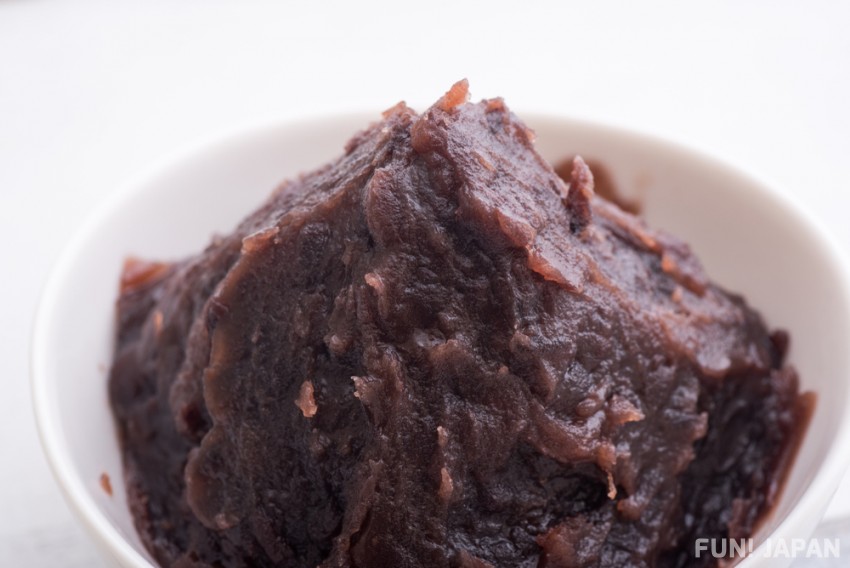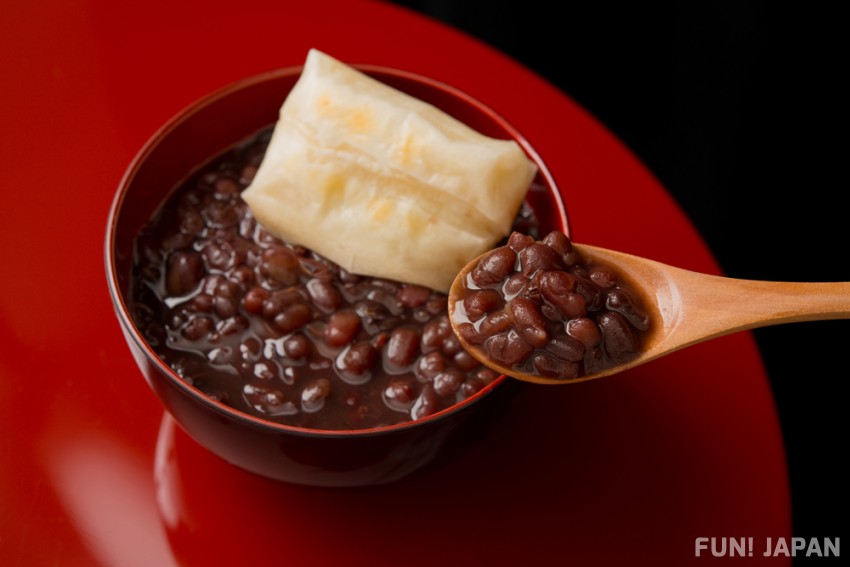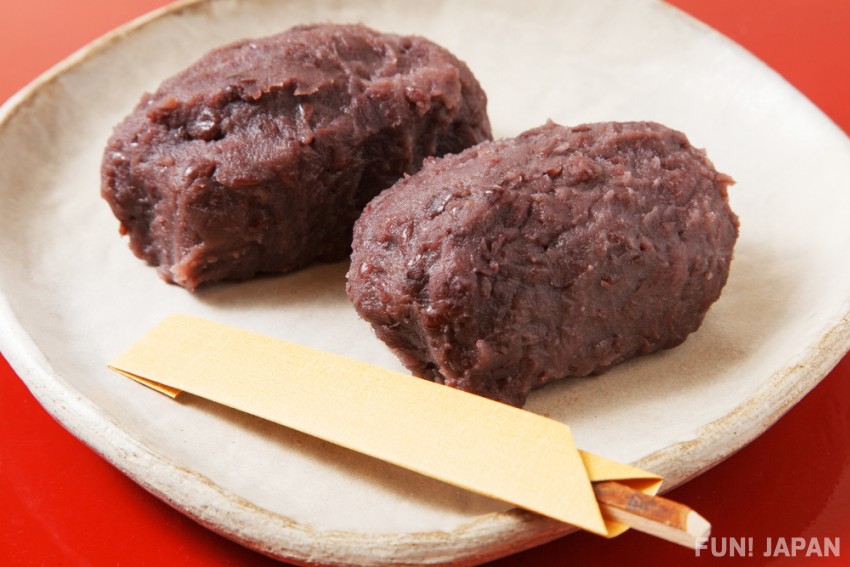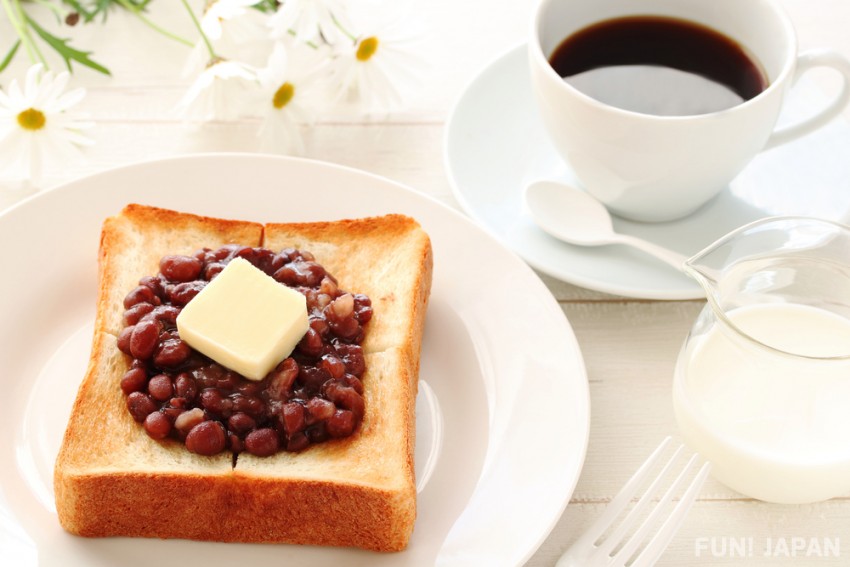
Meet Rannyu Sensei; a writer with an insatiable appetite for food.
This time, the gourmet too ordinary to notice I want to talk about is 'anko'.
According to the Japan Anko Association, the definition of anko is as follows:
The red bean-based dishes have been eaten in Japan for events to pray for disease-free breathing and amulets since the Yayoi period (300 BC).
Later on, dim sum was introduced from mainland China, and due to the activities of Zen priests, the red bean-based dishes received influences and had become like the anko bean paste in the modern days, but at that time, salt-flavored ones were still the mainstream.
It was during the Edo period (1600-1868) that sweet anko eventually reached the mouth of the common people.
However, in fact, even the definition of anko as food has been rather ambiguous.
Even the boundaries between 'an' (餡) and 'anko' (あんこ) have not been clear.
Nevertheless, we are in the midst of a global era now, and many Japanese cultures are beginning to be accepted around the world.
As a representative of Japanese food, anko is now required to have a new world-class definition.
What is 'anko'?

The Japan Anko Association captures the new definition of 'anko' necessary for achieving world peace through anko from two perspectives.
(1) Definition from a material perspective with an eye on global standards
Anko is a paste made by boiling and kneading ingredients.
The addition of sugar, the ingredients being beans, and the sweetness are merely sufficient conditions, but not requirements.
For example, raw bean paste (生餡 nama-an) is sugar-free 'anko'.
Hummus, a traditional dish in the Middle East, is a paste-like dish made by adding garlic, kneaded sesame seeds, olive oil, lemon juice, etc. to boiled chickpeas and mashing them together, and seasoning with salt. And it can be considered as a type of 'anko' by definition (boiling and kneading).
(2) Definition from a spiritual point of view
Anko is a symbol that you can feel unconditional and infinite love from someone who is important to you (family, parents, friends, etc.).
The world is now breaking away from materialism and becoming a society that requires spiritual fulfillment.
As a new conceptual definition of 'anko', it is thought of as a symbol of family love and, by extension, human love, rather than just food.
Which 'anko' type?

So, there are some that are sold all over Japan, some are sold at certain shops, some are made by craftsmen who spend time and effort, and there are types like 'tsubu-an' (つぶあん) in which some beans retain its shape and 'koshi-an' (こしあん) in which beans are crushed completely.
I'm definitely a 'koshia-an' person.

It can turn into sweets, into 'an-man' (bean-paste bun), into 'ohagi' (bean paste sweets), be put on bread; you may have come into contact with 'anko' in various ways, but you may not even be conscious of its existence.
But in fact, it's a Japanese gourmet that you may not notice!
Next time when you eat red bean paste 'anko' in Japan, you may find it more delicious if you pay attention to it.

Long live anko!!!
Next time, rather than about anko, I would like to talk about the appeal of the ice cream "Azuki Bar," which is said to be the strongest in Japan in relation to azuki beans.
Click here for Gourmet Too Ordinary to Notice Vol.2
Click here for Gourmet Too Ordinary to Notice Vol.3
If you have any questions or requests for articles about certain topics, please register as a member and leave a comment!

Comments